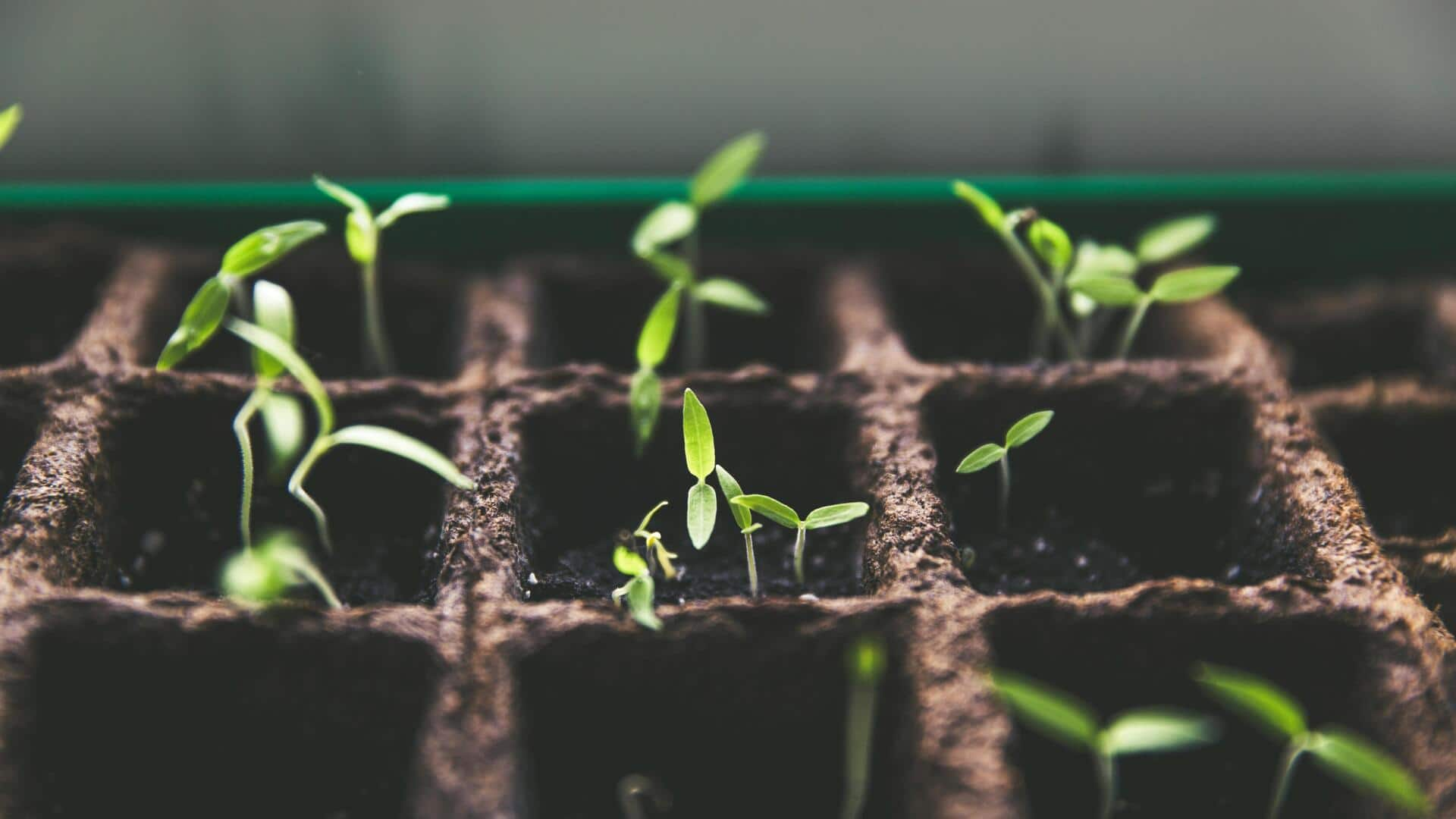
Expand your garden fast with these propagation secrets
What's the story
Plant propagation is a great way to expand your home garden without spending a fortune. By propagating plants, you can grow new ones from existing ones, which is both economical and rewarding. Whether you are a seasoned gardener or a beginner, knowing the basics of plant propagation can help you fill your garden with greenery. Here are some practical tips to get you started.
Tip 1
Choosing the right plants
Selecting the right plants for propagation is essential. Some plants are easier to propagate than others. Common choices include succulents, pothos, and spider plants. These varieties root easily and adapt well to different conditions. Research each plant's specific needs before starting to ensure successful growth.
Tip 2
Understanding propagation methods
There are several methods of plant propagation, each suited for different types of plants and environments. Common methods include stem cuttings, leaf cuttings, and division. Stem cuttings work well for many houseplants; leaf cuttings are ideal for succulents; division is best for perennials with clumping growth habits. Knowing which method works best for your chosen plant is key to success.
Tip 3
Preparing your materials
Having the right materials ready makes plant propagation easier. Use clean pots or containers with good drainage holes to avoid waterlogging. A well-draining potting mix is essential; you can also add perlite or sand to improve drainage. Sterilize tools like scissors or knives before use to prevent disease transmission between plants.
Tip 4
Providing optimal conditions
Creating the right environment is key to successful plant propagation. Most cuttings need high humidity and indirect sunlight until they develop roots. You can create a humid environment by covering the cutting with a plastic bag or placing it in a mini greenhouse setup. Once roots develop, gradually acclimatize them to normal light conditions outside of their initial setup.
Tip 5
Monitoring progress regularly
Regular monitoring is key to successful plant propagation efforts in home gardens. Check moisture levels frequently, as overwatering could lead to rot, while underwatering stresses young roots out too much. Adjust watering schedules accordingly based on observed conditions, rather than sticking rigidly to a set timetable, since every situation varies widely depending on the specific circumstances involved therein.